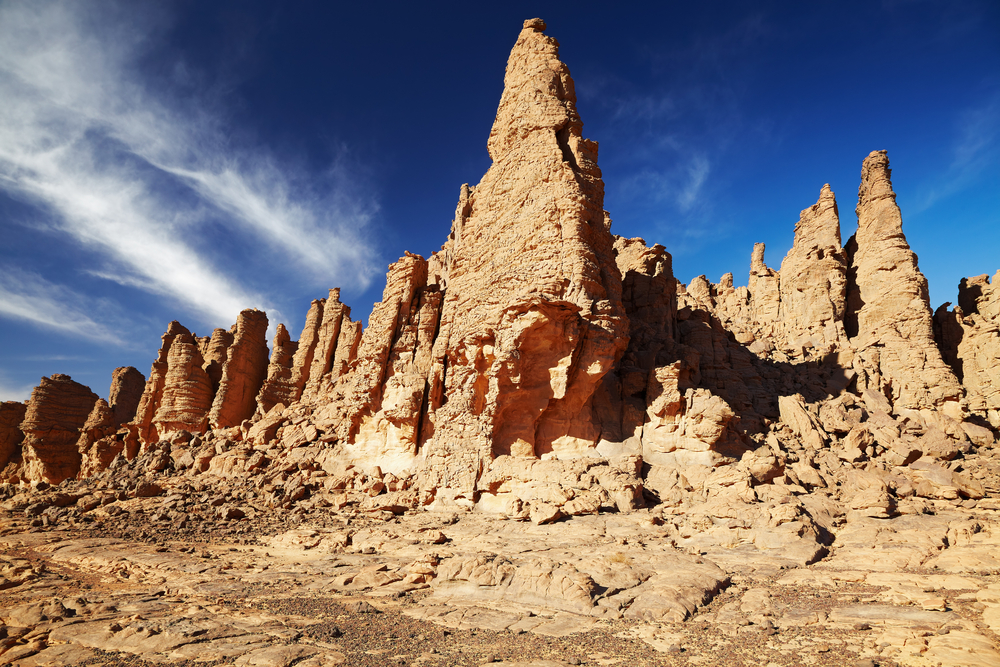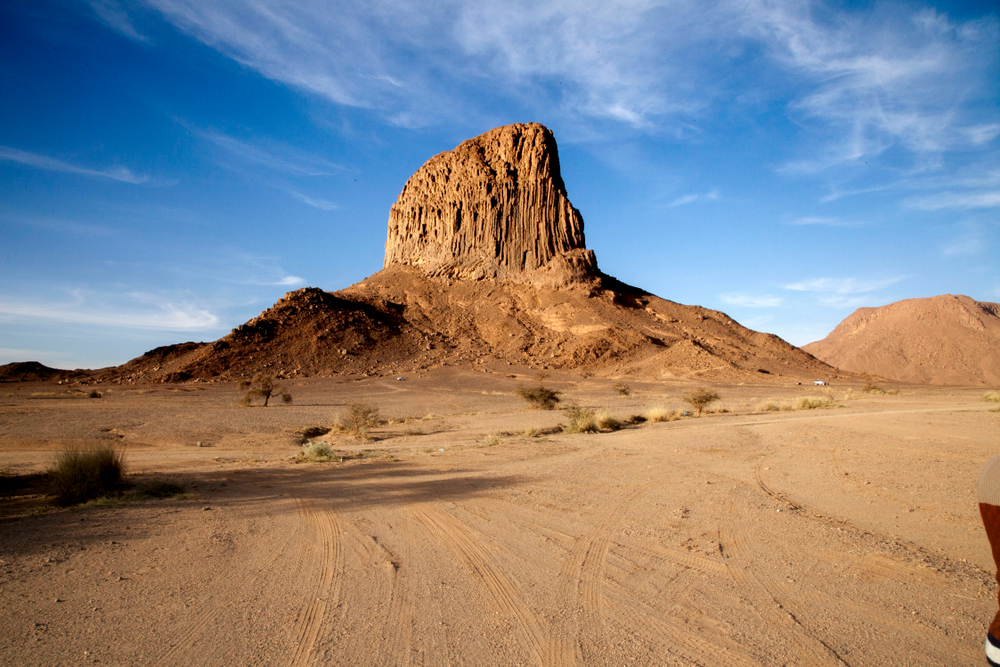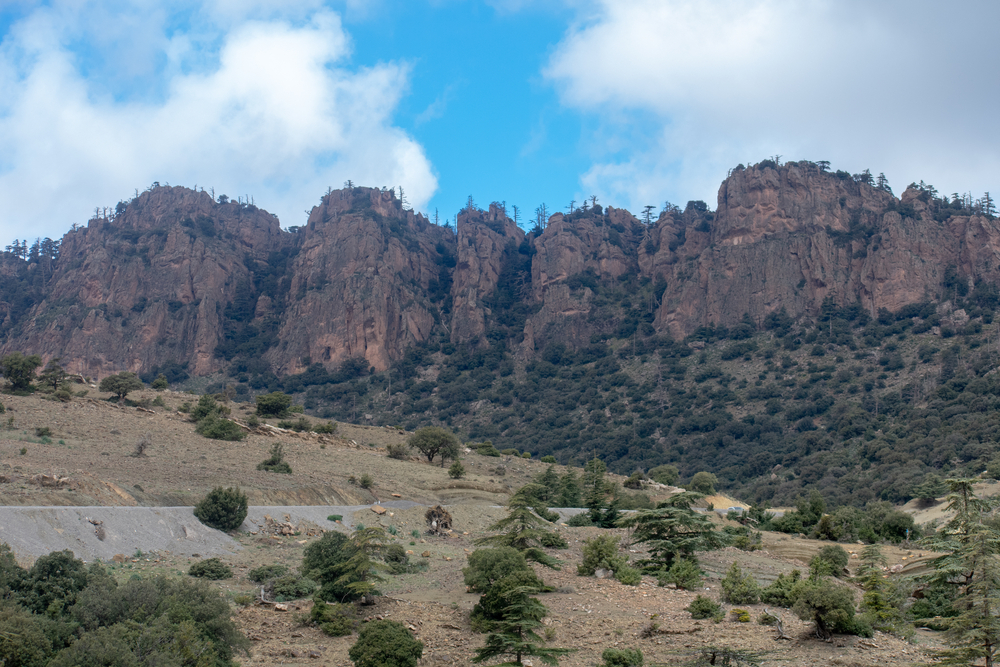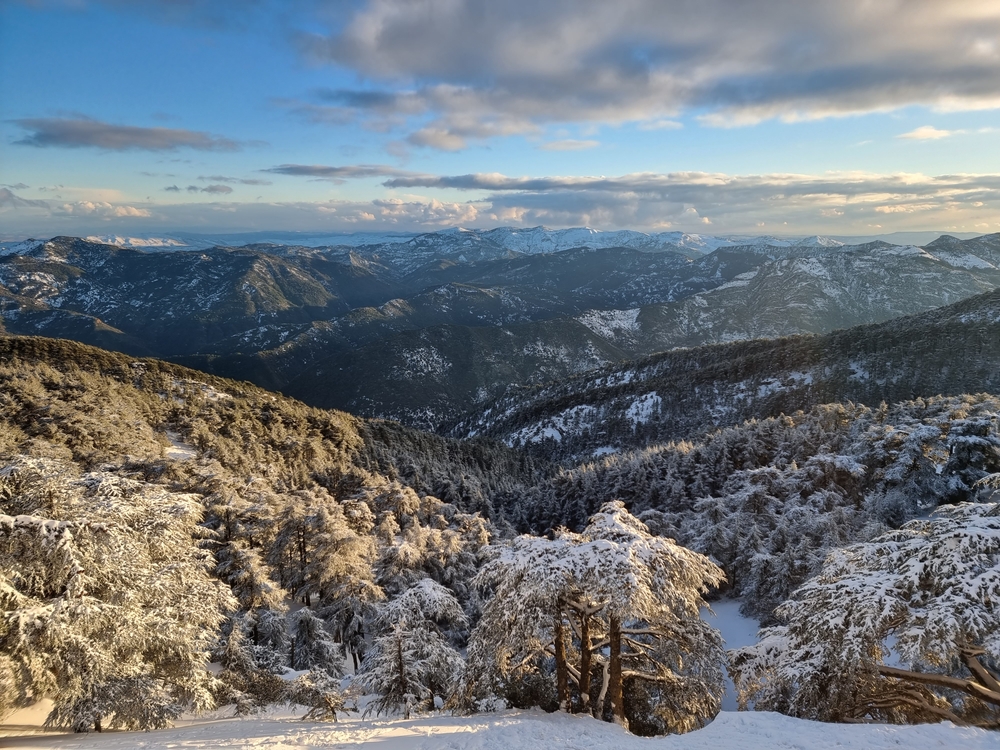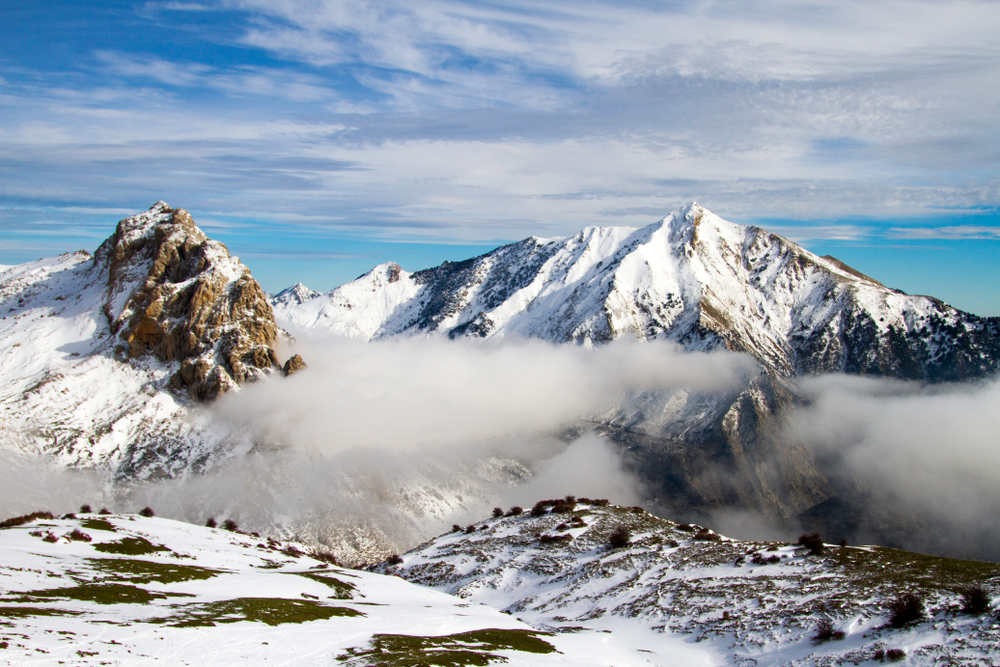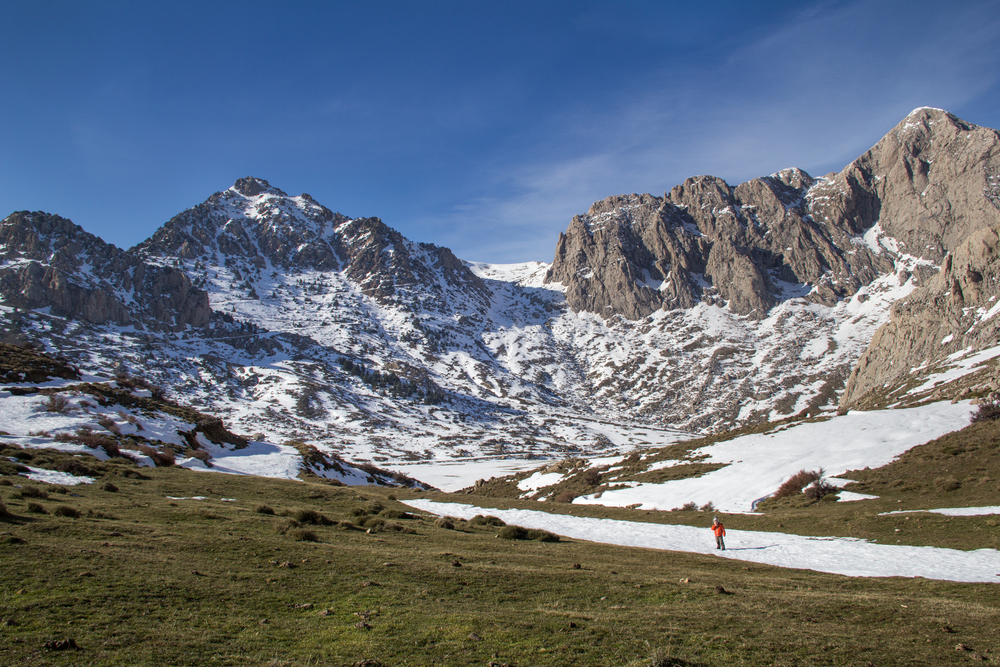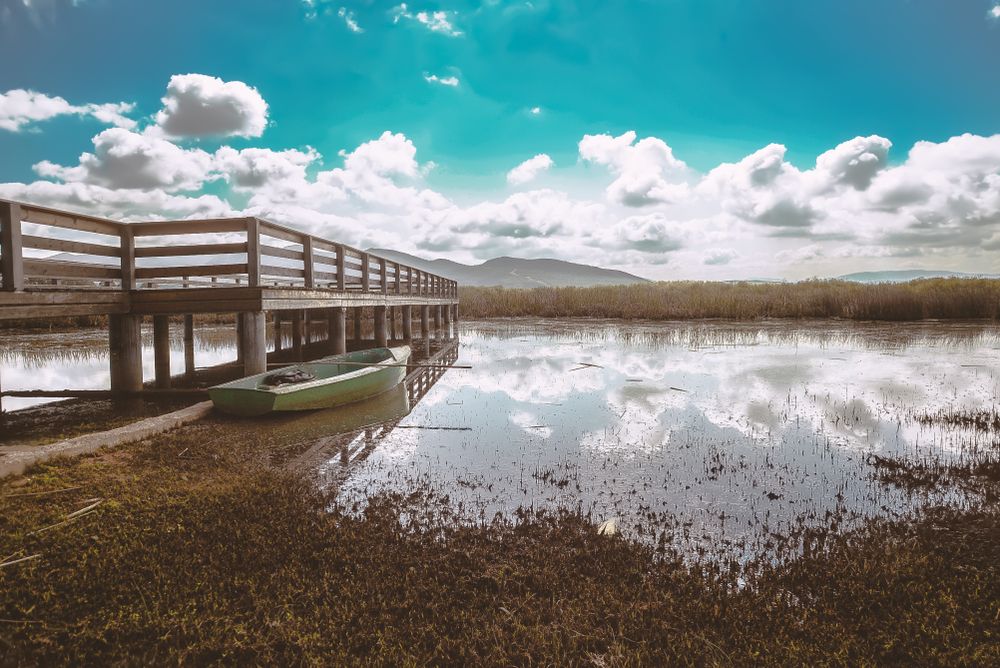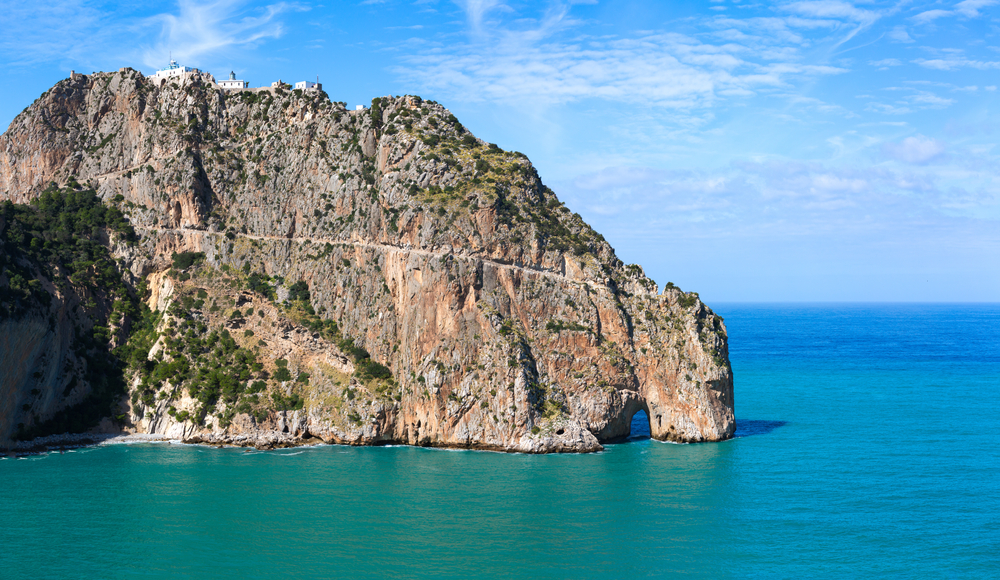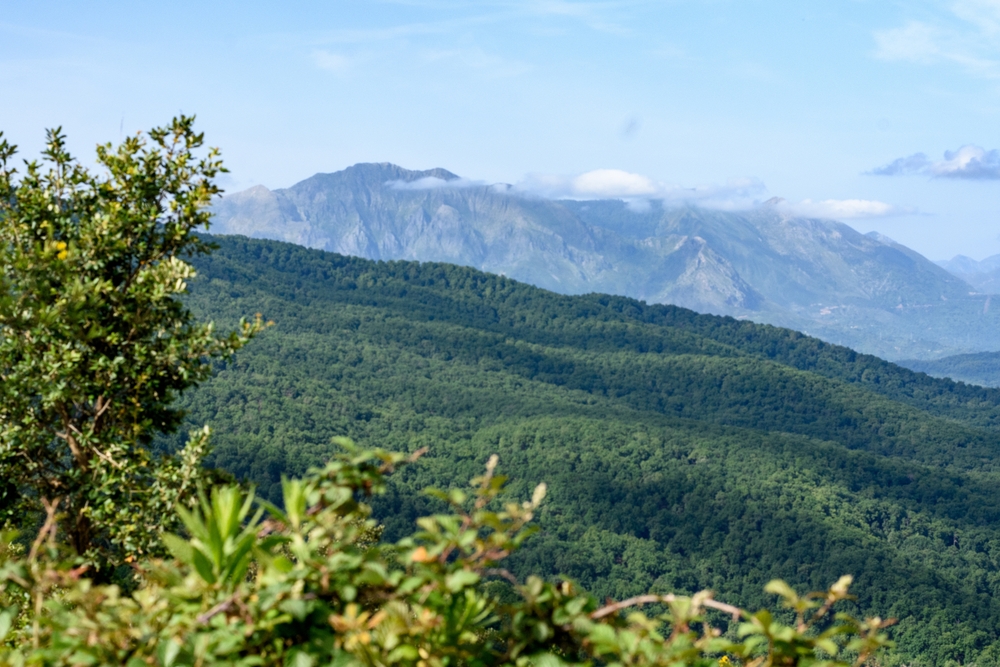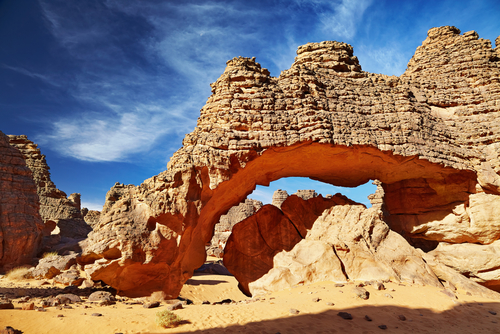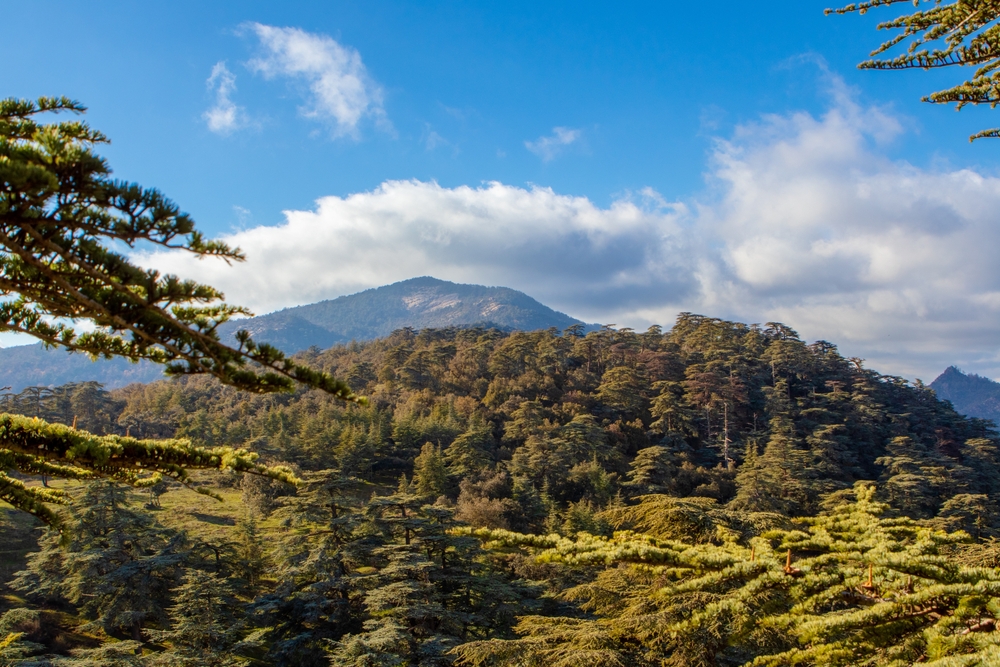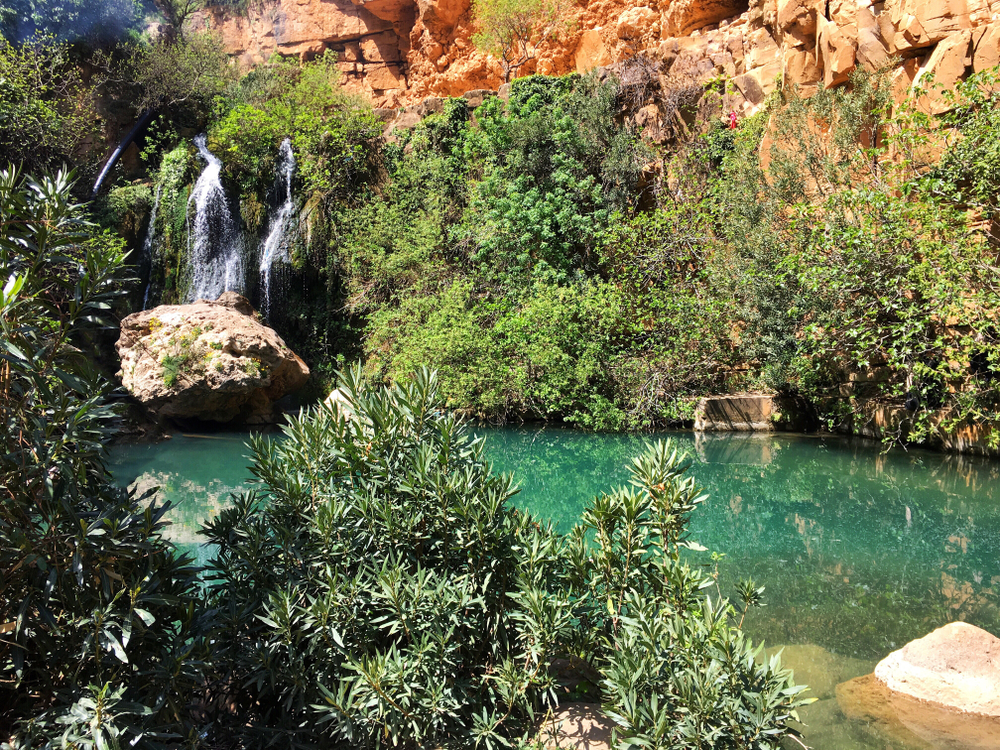Algeria, the largest country in Africa, is home to a remarkable array of national parks that reflect its diverse landscapes, ranging from sweeping deserts and rugged mountains to lush coastal areas. The country has 11 designated national parks, each showcasing unique ecosystems, flora, and fauna. These parks play a crucial role in preserving Algeria’s natural heritage while offering opportunities for tourism, education, and ecological research. The national parks also highlight Algeria’s rich biodiversity, featuring species that are endemic to the region and others that are critically endangered.
Among the most famous is Tassili n’Ajjer National Park, a UNESCO World Heritage Site located in the southeastern part of the country. Known for its extraordinary rock formations, prehistoric rock art, and vast desert landscapes, this park is a haven for geologists, historians, and adventurers. It also provides a habitat for desert-adapted wildlife, such as the Barbary sheep and various bird species. The park’s ancient rock carvings, dating back thousands of years, reflect the cultural history of the Sahara.
Another standout is Ahaggar National Park, situated in the heart of the Sahara Desert. Dominated by the striking Hoggar Mountains, the park offers dramatic landscapes and is home to the nomadic Tuareg people, who have lived in harmony with this arid environment for centuries. The park also harbors unique desert flora and fauna, such as the Saharan cheetah, one of the world’s rarest big cats, and various medicinal plants used in traditional practices.
On the Mediterranean coast, El Kala National Park provides a stark contrast to the arid southern parks. It features wetlands, forests, and beaches, creating a biodiversity hotspot that supports over 60 species of mammals and 30 species of reptiles, as well as migratory birds like flamingos and storks. The park is also critical for conserving freshwater ecosystems, which are under threat from urbanization and agricultural encroachment.
Djurdjura National Park, located in the Kabylie region, is a mountain lover’s paradise. Its snow-capped peaks, dense cedar forests, and rugged cliffs provide habitat for species like the Barbary macaque and golden jackal. The park is also a favorite among hikers and climbers seeking adventure in the breathtaking scenery.
Despite their beauty, Algeria’s national parks face significant conservation challenges, including deforestation, poaching, and the impacts of climate change. However, the government and international organizations have made strides in addressing these issues, with efforts to expand protected areas, promote eco-tourism, and increase awareness of environmental conservation. These initiatives are vital for preserving Algeria’s natural wonders for future generations.








































































